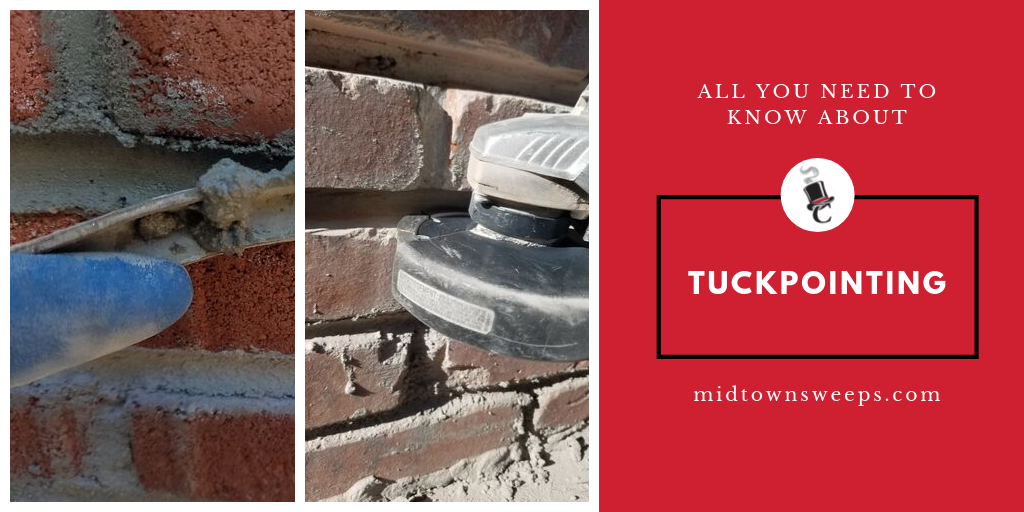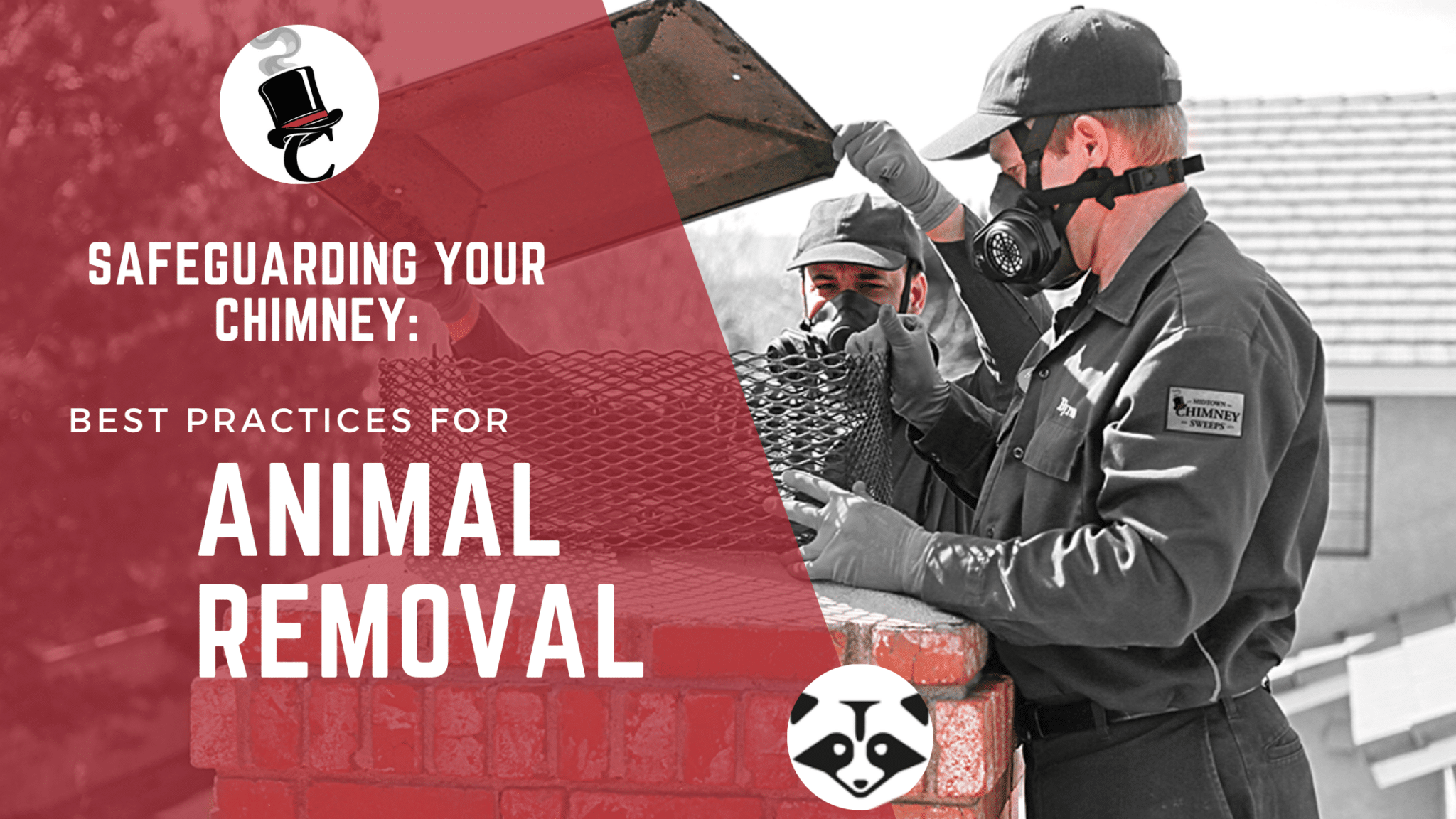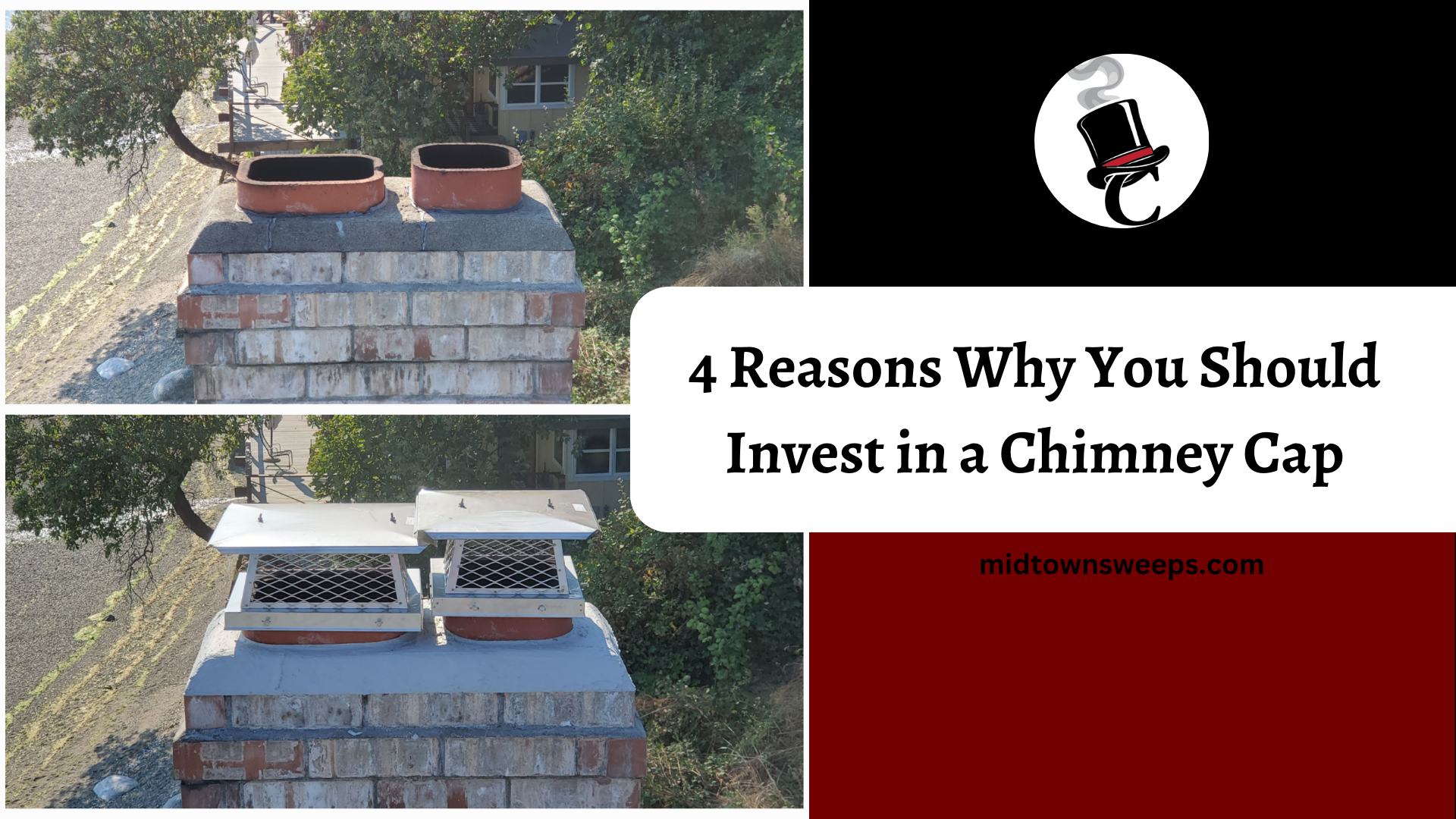Executive Summary
Read on to see why burning and using wood as a heat source might be better for the environment than turning on your furnace which uses the oil & gas industry.
Why is burning wood so “green”?
Let’s take a look at wood heat and why it might, in this author’s opinion, be the most green and environmentally efficient method of heating a home. Lot’s more goes into the science of combustion than this article in its limited reach can cover. This is more of a casual discussion about emissions and carbon footprints and why other green options might not be so green as the author believed at first.
When trees rot in the forest isn’t that less than zero carbon emission?
No. Trees are already living things. They are biomass, composed of carbon and minerals and water. When a tree dies in the forest, it will rot, and out gass. It will be eaten by termites and termites produce alot of carbon dioxide through their digestion process of wood. Each termite produces, on average, about .5 micrograms of methane per day, a seemingly insignificant amount. However, when this is multiplied up by the world population of termites, global methane emission from this source is estimated to be about 20 million tonnes each year. So if a tree dies in the forest, it benefits a small amount, and the carbon is still released (The law of conservation of mass states that mass in an isolated system is neither created nor destroyed by chemical reactions or physical transformations.) Most people who burn wood have a ready supply near at hand. Author included. Most folks who burn wood (the author included) have a chain saw that barely uses any gas or oil, and they cut down their own trees on their own property to consume in their wood stove or fireplace.
What about the coal industry for home heating?
Now let’s get dirty and talk about coal. Coal is a non-renewable fossil fuel. Some customers of ours still use coal to heat their home. The coal industry has to use union laborers and giant loaders and trains to mine and move the coal to the final destination. The managers use computers that use electricity, and drive cars that use gasoline just to manage the operation. All of this has a carbon emission footprint. Compare that to walking outside my house, firing up chainsaw and cutting a half cord of wood that will heat my house for a month. 1 qt of oil and 1/2 gallon of gasoline for the chainsaw will be consumed. Low impact, green living.
How about the wood pellet industry for home heating?
Wood pellets are a common and popular solid fuel choice outside most city limits. Wood pellets are a renewable wood-based fuel. These units are popular where customers rely on propane to run their furnace- and propane must be delivered via a local propane delivery company that uses giant trucks that get 5 miles per gallon, and the propane they deliver can be very expensive- so customers will opt for a hybrid approach and burn pellets. Pellets are sold in 40lb plastic bags (do we recycle these bags or do they end up in a landfill?) Pellets are made in a pellet mill- a giant wood eating machine that adds moisture and tremendous pressure and therefore heat. The naturally occurring lignin (a complex organic polymer) in the wood can change its physical properties at high temperatures, becoming glassified on the exterior surface of the pellets. These pellets are then dried, bagged, delivered and retail sold around the country and finally consumed by the pellet stoves. That is a whole supply chain. Again, sounds more complex and dirty than just walking out my back door and firing up a chain saw, cutting and splitting some wood.
How about the natural gas industry for home heating?
Natural gas is a naturally occurring fossil fuel that may originate from a dedicated well, or be a byproduct from an oil well. Natural gas is a non-renewable fossil fuel formed from the remains of tiny sea plants and animals that died years ago. So if you have a gas-burning fireplace, and you are wanting to not depend on fossil fuels and want to support a low impact global fossil fuel carbon footprint (that is a mouthful, but legitimate) then this author would encourage you to support your findings if you are burning a gas fireplace.
Conclusion : Burning wood for heat might be the Greenest thing we can do for our homes. Slanted? You decide.
Shameless plug here for Midtown Chimney Sweeps here: By the way, we install wood and pellet stoves and fireplaces, so give us a call to get a quote on installing a wood or pellet fuel appliance today. Let’s get back to treating Mother Earth with a little kindness, and stop sucking oil out of the ground as a non-renewable resource promoted by publicly traded companies. Let’s start trimming trees and recycling what is already growing in our neighborhoods. Let’s take a day trip to the mountains and get a National Forest wood cutting permit for $10-$20 and use a little fossil fuel (like a few gallons in the family car and the chainsaw is all) to get a cord or two of renewable fuel from the forest!
Let’s really be green.
Let’s really reduce our carbon footprint.
Let’s use renewable resources.
Let’s burn wood.











